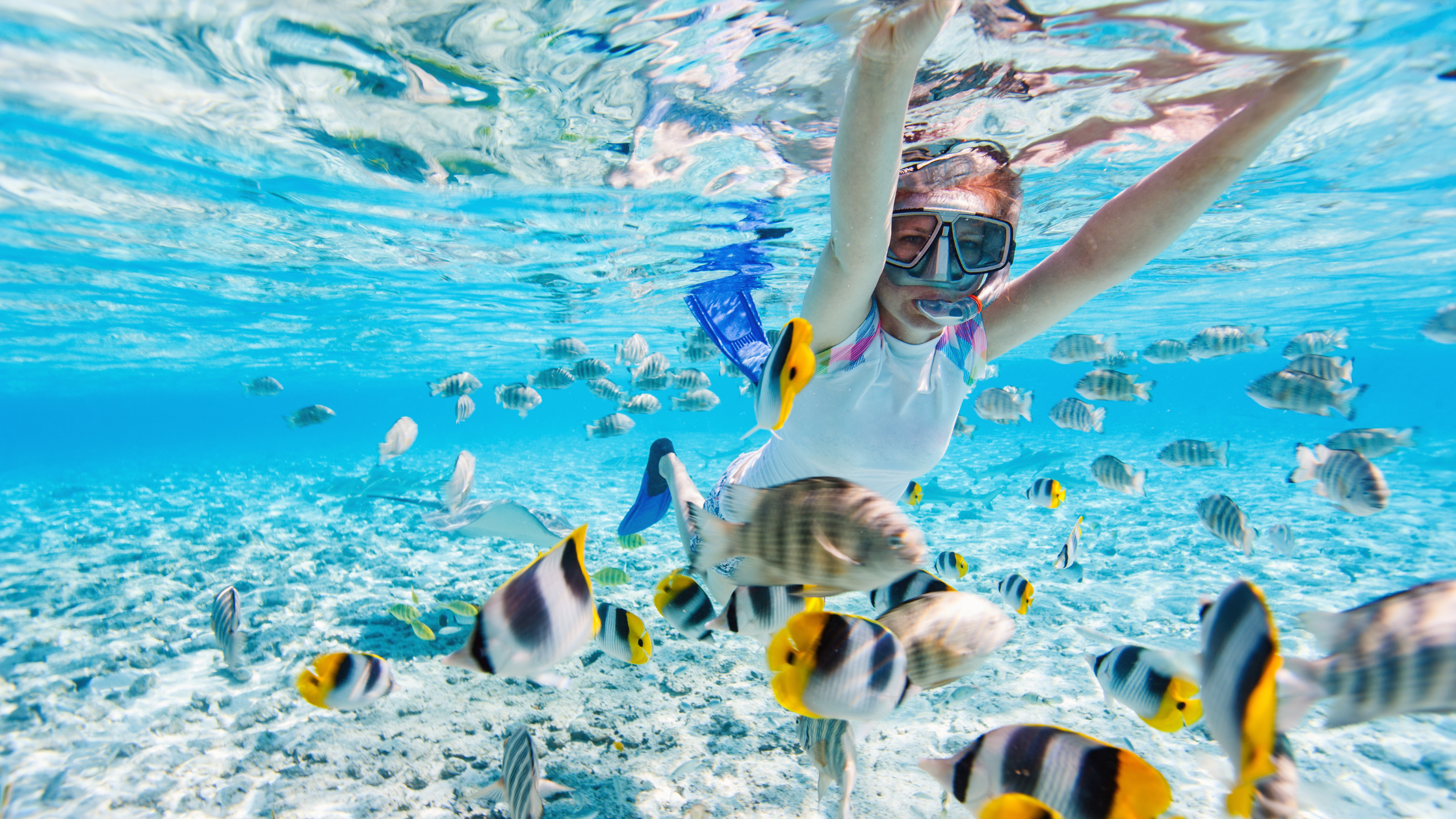Each year, millions of people world-over slather on protective sunscreen before dashing headfirst into the ocean. They think they’re doing the right thing by protecting their skin, but could they be destroying marine life in the process?
Unfortunately, the short answer is yes. Oxybenzone and octinoxate, two chemicals found in many commercially available sunscreens, can cause severe damage to coral reef ecosystems and other marine life. Parabens and other nanoparticles found in some sunscreens also pose significant risks to ocean environments.
According to scientists, up to 14,000 tons of sunscreen wash off into the oceans each year – that’s tens of millions of bottles worth. So, what you wear while making waves can make an impact.
Coral reefs are one of the world’s most diverse and delicate ecosystems, and their survival is essential to the survival of marine life and human livelihoods the world over. This article will explore the dangers some sunscreens pose to marine life and teach you how to find skin protection that is both safe for the oceans and safe for your skin.
Why sunscreen harms coral reefs
Chemicals in sunscreen can cause coral bleaching, deform young coral, damage coral DNA, and even kill certain coral species. But the harm doesn’t end there. These chemicals, which include octocrylene and para-aminobenzoic acid, can impair photosynthesis in algae and cause reproduction and fertility issues in fish and sea urchins, too.
How to protect the ocean while wearing sunscreen
It is always important to protect your skin from harmful UVA and UVB rays. However, doing so doesn’t have to mean damaging wildlife and ecosystems that are crucial to our planet. The Oceanic Society recommends wearing more clothing, which will limit the amount of skin exposed when diving near coral reefs and therefore limit the amount of sunscreen you must use to protect yourself. They also recommend choosing a reef-friendly, physical sunscreen that does not contain any nanoparticles or microbeads.
How reef-friendly sunscreens work
Reef-friendly formulas are mineral-based sunscreens that block out UVA and UVB light rays as well as blue light that can prematurely age your skin. However, they are formulated without banned chemicals like octinoxate, oxybenzone, and octocrylene. Instead, they use naturally occurring minerals like zinc oxide and titanium dioxide particles that provide the same broad spectrum UV protection as chemically based sunscreens. These are sometimes referred to as “physical” sunscreens.
However, not all physical sunscreens are equal. If mineral particles (i.e., zinc oxide and titanium oxide) are too small, they can be absorbed by the skin. This also means they can more easily be absorbed by marine life. Reef-friendly sunscreens, like My Day Screen®, contain “non-nano” formulations of these minerals, which contain particles too big to pose similar dangers.
Save the ocean and your skin
You don’t have to choose between protecting the environment and your health. By choosing My Day Screen®’s suncare line for your UV protection at the beach, you are protecting your skin and protecting the ocean. Our mineral sunscreen products are ocean-friendly, vegan sunscreen made with natural ingredients and non-nanoparticle formulations, you can do your part to save one of our planet’s most important ecosystems while also protecting your face.
Join our Rewards Program. When you sign-up for email and texts, you get 20% off your next order and 200 points. Just follow the pop-up instructions on www.mydayscreen.com.


